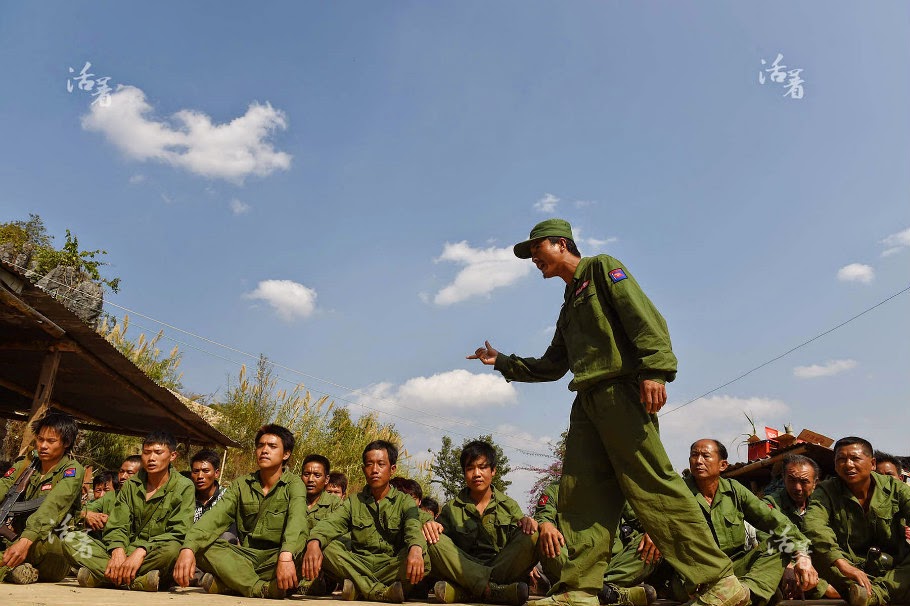(Source: China Military Online) 2015-03-30
BEIJING, March 30 (ChinaMil) -- In order to promote its maneuvering combat capability, the Air Force of the Chinese People’s Liberation Army (PLAAF) for the first time organized its aviation troops to go to the airspace above the West Pacific Ocean to carry out military training, Shen Jinke, spokesman of the PLA Air Force, said in south China’s Guangzhou province on March 30, 2015.
The warplanes of the PLA Air Force flew to the West Pacific for training via the Bashi Channel on March 30 and returned on the same day after finishing the training and achieving the given goal, according to Shen.
Training in the airspace far from China is an effective way for the PLA Air Force to temper its combat capability and also a common practice of world powers' air forces, Col. Shen said.
Shen said that the military training in the airspace above the Western Pacific by the PLA Air Force is a routine arrangement of the annual training plan for the PLA Air Force and also a normal requirement of China's national defense construction.
Shen pointed out that this training by the PLA Air Force complies with relevant international laws and practices, is not aimed at any country or target and poses no threat to any country or region.
Monday, January 05, 2015
Photo of the day: The aggressor H-6K practicing a low-level penetration bomb run against a PLAAF anti-defense brigade during a confrontational drill
The other H-6K unit is the PLAAF 10th bomber division
Sunday, November 17, 2013
PLAAF "in the news" of the day: H-6K, god-of-war (small g)
By Chen Boyuan
China.org.cn, June 22, 2013
http://www.china.org.cn/china/2013-06/22/content_29197824.htm
The Chinese People’s Liberation Army Air Force recently received 15 H-6K bombers with nuclear capabilities, according to British military digest Jane’s Defence Weekly.
The H-6K, an updated version of the H-6 bomber, is a medium-sized craft designed for long-range attacks, stand-off attacks and large-area air patrol. Unlike its predecessor, the H-6K can carry cruise missiles under its wings. The H6-K also maneuvers more deftly than the H-6 and requires a smaller crew to operate. Jane’s Defence was the first media outlet to confirm that the H6-K had formally entered active service.
The most visible departure from the H-6 is the H6-K’s nose, where a nose randome has replaced a navigation cabin. Military expert Fu Qianshao said that the H6-K’s nose should greatly improve avionics, search and detection, navigation, fire control and weapon precision.
Fu said that the H-6K has a larger engine inlet than does the H-6, which may mean that the newer bomber’s engines have greater thrust. If so, the H-6K would also have a greater maximum takeoff weight and payload than the H-6. A more favorable weight-to-thrust ratio would improve fuel efficiency and lengthen cruising range, Fu said.
H-6K reportedly has a combat radius of 3,500 KM. The nuclear-capable Changjian (long sword)-10 cruise missiles it carries have a range of 1,500-2,000 KM, effectively extending the bomber’s combat range to 4,000-5,000 KM - long enough to reach Okinawa, Guam and even Hawaii from China’s mainland.
Analysts stipulated that PLA Air Force missiles be able to reach Taiwan, southwestern Japan and Guam, a range of control that requires a 3,000-KM combat radius and powerful attack capability. Only the combined combat radii of the H6-K and Changjian-10 currently satisfy the length requirement.
























































